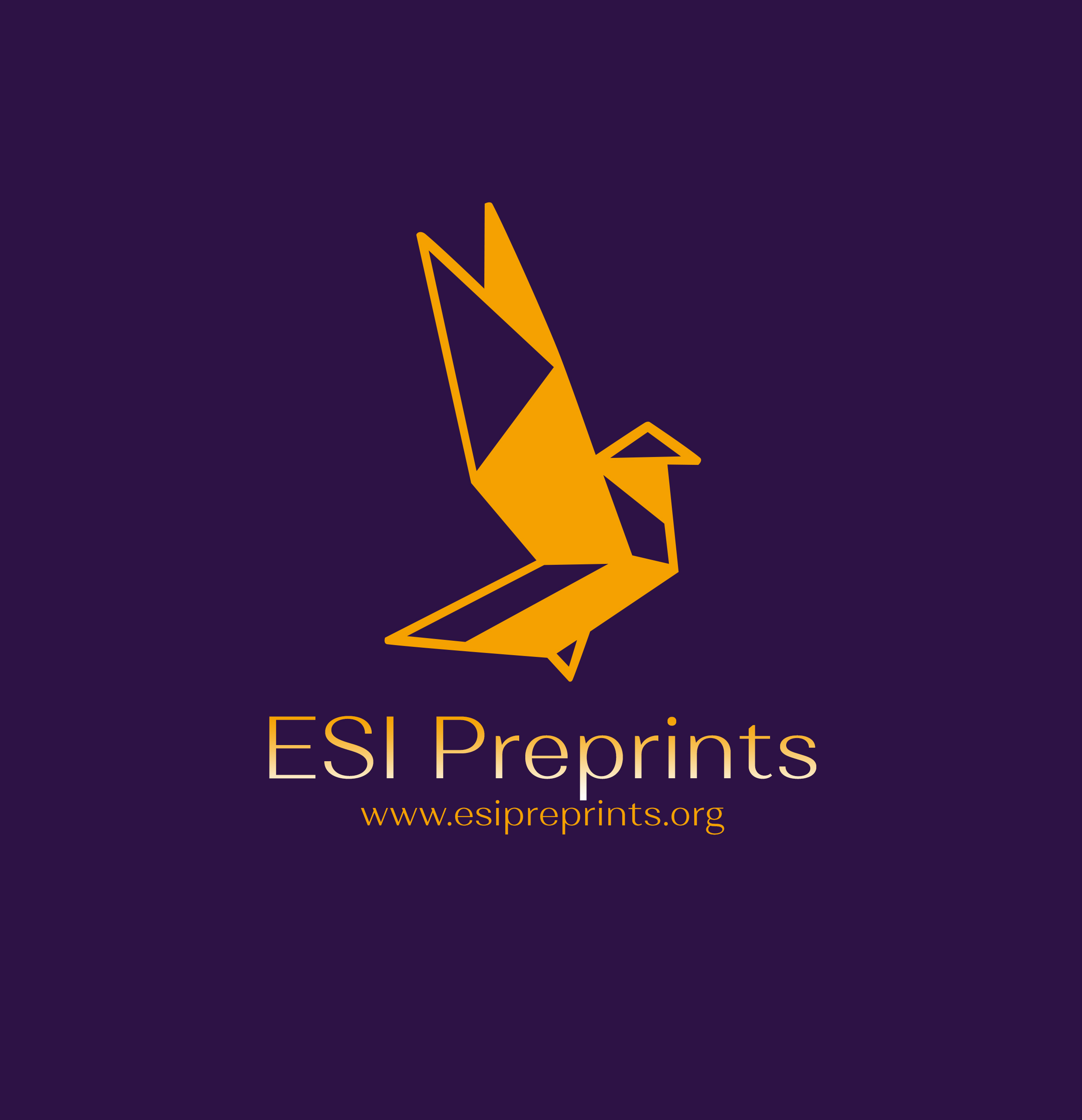Diving into the Depths of Belladonna: Uncovering the Secrets of the Deadly Nightshade
Abstract
Tropane alkaloids, such as hyoscyamine and scopolamine, are vital medicinal compounds found in various therapeutic formulations. These alkaloids are synthesized within the roots of specific genera of the Solanaceae family through a complex, partially understood multistep pathway. In efforts to deepen our comprehension of tropane alkaloid biosynthesis, a novel de novo transcriptome assembly was crafted for Deadly Nightshade (Atropa belladonna). A crucial intermediate in the biosynthesis of hyoscyamine and scopolamine is littorine, formed by the condensation of tropine and phenyllactic acid. Phenyllactic acid originates from phenylalanine through transamination to phenylpyruvate. Through transcriptome analysis, a distinct aromatic amino acid aminotransferase (ArAT), designated Ab-ArAT4, was identified. This enzyme coexists with known tropane alkaloid biosynthesis genes in the roots of A. belladonna. Silencing Ab-ArAT4 resulted in diminished synthesis of hyoscyamine and scopolamine due to reduced phenyllactic acid levels. In vitro studies revealed that recombinant Ab-ArAT4 primarily catalyzes the initial step of phenyllactic acid synthesis: the transamination of phenylalanine to phenylpyruvate.
Downloads
Metrics
References
2. Danaie, E., Masoudi, S., & Masnabadi, N. (2023). Chemical Composition Analysis of Atropa Belladonna Grown in Iran and Evaluation of Antibacterial Properties of Extract-Loaded Nanofibers. Iranian Journal of Pharmaceutical Research, 22(1), 1–6.
3. Drug Enforcement Administration. (2024). Home | DEA.Gov. Retrieved from https://www.dea.gov/
4. Fatur, K., & Kreft, S. (2020). Common Anticholinergic Solanaceaous Plants of Temperate Europe - A Review of Intoxications from the Literature (1966–2018). Toxicon, 177, 52–88.
5. Javed, S., Ahmad, A., Akash, M. S. H., Rehman, K., & AL‐Huqail, A. A. (2023). Belladonna. In Springer eBooks (pp. 83–93).
6. Maurya, V. K., Kumar, S., Kabir, R., Shrivastava, G., Shanker, K., Nayak, D., Khurana, A., et al. (2020). Dark Classics in Chemical Neuroscience: An Evidence-Based Systematic Review of Belladonna. ACS Chemical Neuroscience, 11(23), 3937–3954.
7. Nafees, S., Akhtar, J., & Kaur, J. (2022). Indian Traditional Medicinal Plants in Ophthalmic Diseases. PubMed, 12(6), 566–575.
8. Ouasti, I., Fakchich, J., Bussmann, R. W., Jan, H. A., & Elachouri, M. (2023). Atropa Belladonna L. Solanaceae. In Ethnobotany of Mountain Regions (pp. 1–6).
9. U.S. Forest Service. (2024). The Powerful Solanaceae: Belladonna. Retrieved from https://www.fs.usda.gov/wildflowers/ethnobotany/Mind_and_Spirit/belladonna.shtml
10. Wendt, S., Lübbert, C., Begemann, K., Prasa, D., & Franke, H. (2022). Poisoning by Plants. Deutsches Arzteblatt International, [Month, Year].
11. Zeng, L., Zhang, Q., Jiang, C., Zheng, Y.-N., Zuo, Y., Qin, J., Liao, Z., & Hongping, D. (2021). Development of Atropa Belladonna L. Plants with High-Yield Hyoscyamine and without Its Derivatives Using the CRISPR/Cas9 System. International Journal of Molecular Sciences, 22(4), 1731.
Copyright (c) 2024 Mehrasa Nikandish

This work is licensed under a Creative Commons Attribution 4.0 International License.








